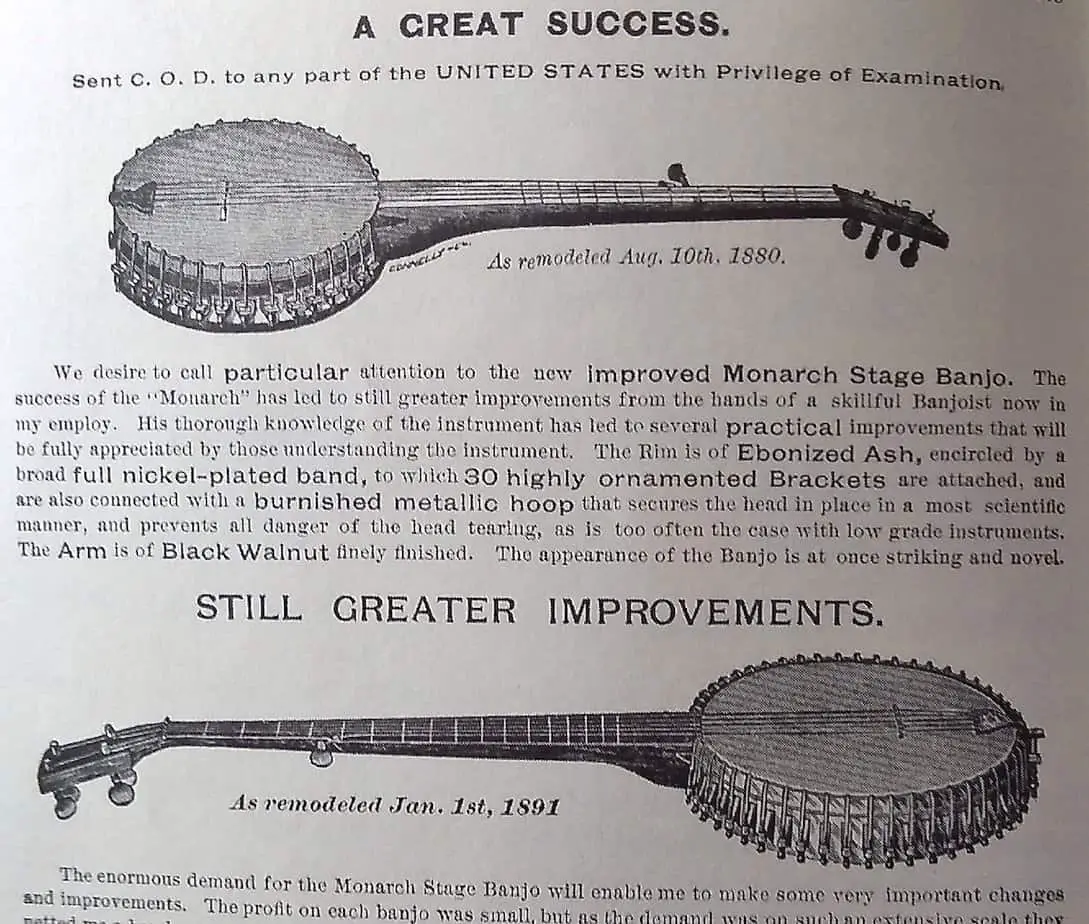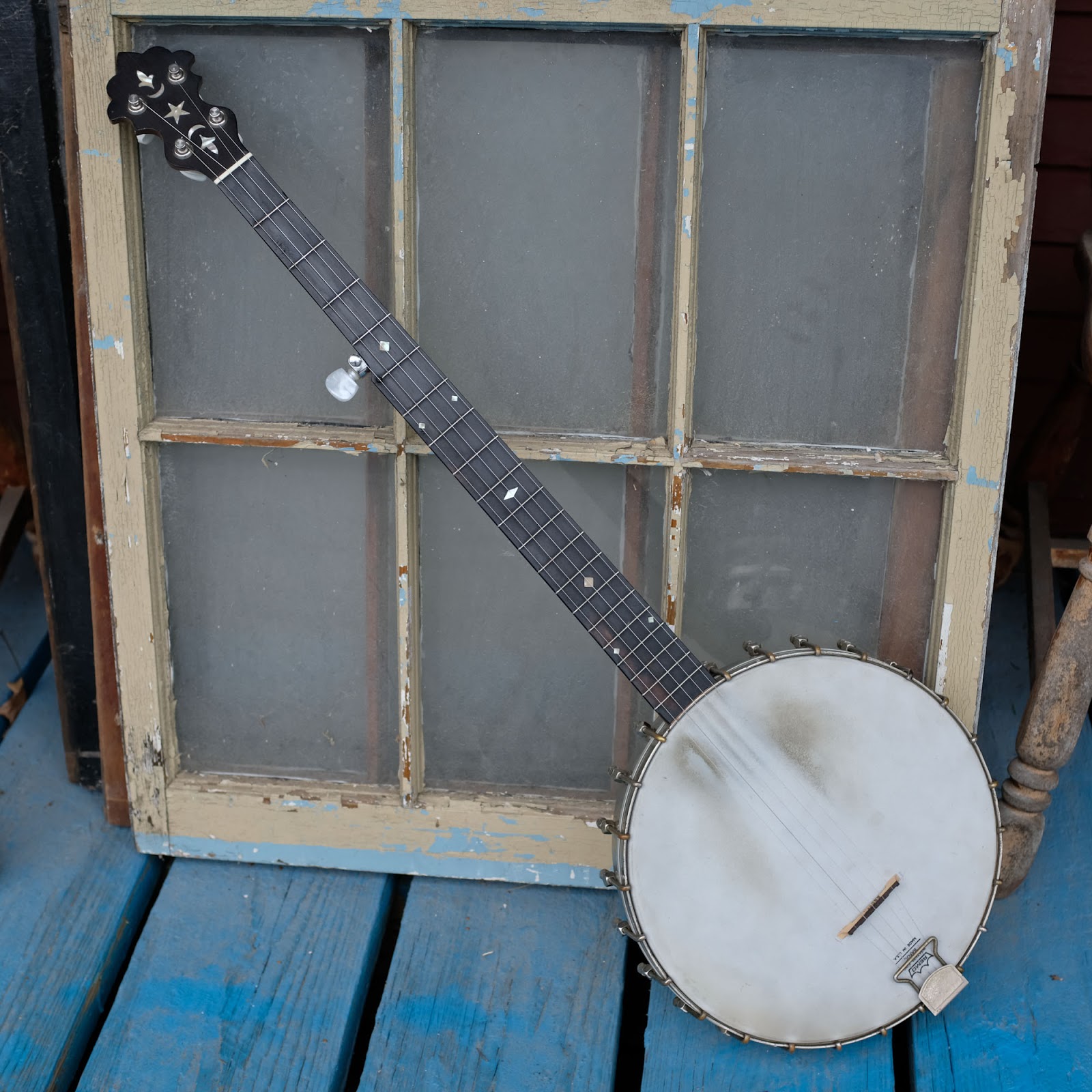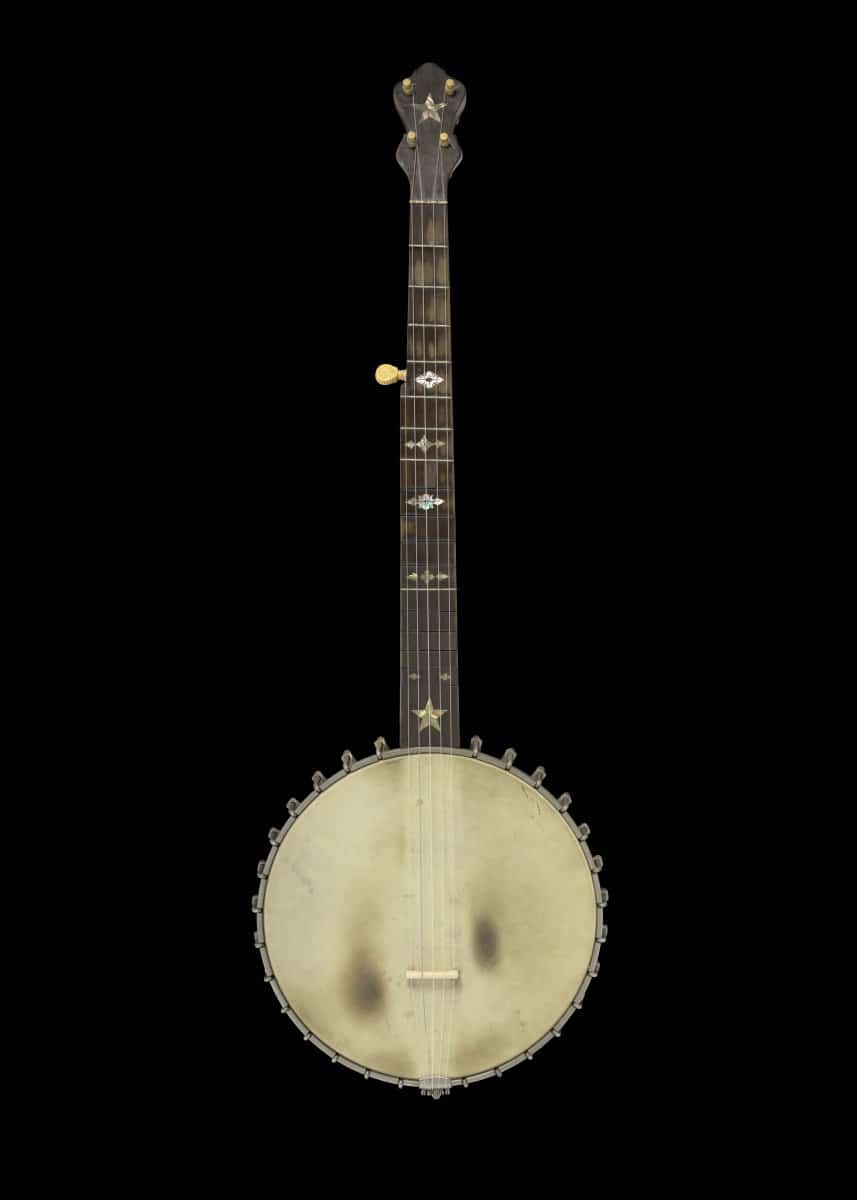Ever since the first 5-string banjo was invented, it has become a popular instrument in many genres of music. As a musician, you may be wondering “when was the 5 string banjo invented?” Well, the answer to that question is a fascinating story. In this article, I will take you on a journey through the history of the 5-string banjo, from its invention to the present day.
Background of the Banjo
| Name | Origin | Years |
|---|---|---|
| 4 String Banjo | Africa | 1700s |
| 5 String Banjo | North America | 1800s |
The banjo is a string instrument, which has its roots in Africa. It is believed that the 4 string banjo was first played in the 1700s by African slaves brought to North America. The 5 string banjo, which is the most popular version of the instrument today, was invented in the 1800s in North America. It was created by combining the gourd-body banjo from Africa with the fretless banjo from Europe. The 5 string banjo has since become a popular instrument used in various genres of music such as bluegrass, jazz, and country.
Early Banjo Development
- The banjo originated in Africa and made its way to the Americas through the slave trade.
- The earliest banjos were likely made from gourds and were fretless.
- The earliest known illustration of a banjo is from 1781, showing a four-string fretless instrument.
- By the mid-1800s, the banjo had evolved into an instrument with a five-string neck and a fretted fingerboard.
- The fifth string, typically tuned to a higher pitch than the other four, allowed for more complex melodies and chords to be played.
- In the late 1800s and early 1900s, the five-string banjo was further developed with the addition of resonator and tone ring components.
- These improvements increased the volume and projection of the instrument, making it better suited for ensemble playing and performance.
The 5-String Banjo
Origin
The 5-string banjo was invented by Joel Walker Sweeney, an actor, musician and minstrel performer from Virginia. Sweeney is credited with modifying the classic 4-string banjo to include the fifth string, which he added in 1831. This new string gave players more range and versatility, and the 5-string banjo soon became the standard.
Evolution
Sweeney’s 5-string banjo was a revolutionary instrument that spawned an entirely new genre of music. Throughout the 19th and 20th centuries, the 5-string banjo was embraced by many different musical styles, including bluegrass, folk, country, and jazz. As the instrument evolved, so did its construction and design. Today, the 5-string banjo is a popular instrument, with many players around the world.
Popularity of the 5-String Banjo
The 5-string banjo has become increasingly popular in recent years, with many professional players adopting it as their instrument of choice. Its popularity is due to its unique tone, which combines elements of traditional folk instrumentation and modern rock styles. This combination has made the 5-string banjo an appealing choice for many genres of music, from bluegrass to jazz.
The 5-string banjo is also attractive to many players due to its smaller size compared to a standard 4-string banjo. This makes it easier to transport and easier to learn. Its bright, energetic sound means that it stands out in a mix, and its versatility makes it an ideal instrument for songwriting.
The 5-string banjo’s popularity is further enhanced by its affordability. Entry level models are available for a fraction of the cost of a 4-string banjo, and with greater variety of styles to choose from.
Finally, the 5-string banjo’s popularity is due to its easy playing style. It uses simpler chords and fingerpicking techniques than other stringed instruments, making it ideal for those looking to learn a new instrument. Its accessible style has seen it adopted by many folk and rock musicians, further increasing its visibility in the music industry.
Overall, the 5-string banjo has become a popular choice for musicians in a variety of genres, due to its unique tone, smaller size, affordability, and easy playing style.
Banjo in Music
- The earliest minstrel banjos were developed in America in the early 19th century.
- The four-string banjo is used in a variety of musical genres, including bluegrass, old-time music, Irish music, and jazz.
- The five-string banjo is most commonly associated with the bluegrass style of music, but it is also used in other musical genres, including folk, country, rock, and classical.
- The banjo has become an iconic symbol of American music, and it is often used to represent the culture and history of the United States.
- The banjo is often featured in popular music, including blues, rock, and country songs.
- The banjo has also been used in movie soundtracks and television shows.
- The banjo is a versatile instrument and can be heard in a wide range of musical styles.
Modern Banjo
The modern 5-string banjo was invented in America in the mid-19th century by Joel Walker Sweeney, a musician and popular entertainer. Sweeney’s banjo featured a shorter neck than its predecessors, with five strings placed in the same order as a modern guitar. This configuration allowed the player to easily play melodies, as well as chords and accompaniment patterns. Sweeney’s banjo was a major innovation in the history of the instrument and it quickly became popular among musicians and audiences. The 5-string banjo is still a popular instrument today and is used in many styles of music, from folk to rock and roll.
Banjo in Popular Culture
The banjo is an instrument with a long and colorful history, and its sound has been featured in numerous popular culture contexts over the years. It has become iconic in various genres of music, from bluegrass to jazz, country, and folk. The banjo was famously featured in the 1952 musical film, “Singin’ in the Rain,” and in the popular television show “The Beverly Hillbillies,” which aired from 1962 to 1971.
In addition, the banjo has been used in film soundtracks, including “O Brother, Where Art Thou?” (2000), “The Big Lebowski” (1998), and the Coen brothers’ remake of “True Grit” (2010). The banjo has also been used in numerous video games, such as the “Animal Crossing” series, “Guitar Hero,” and “The Legend of Zelda.”
The banjo has also been featured in a wide variety of popular music, including the Beatles’ 1967 song “Long, Long, Long,” Led Zeppelin’s 1969 song “Gallows Pole,” and Creedence Clearwater Revival’s 1970 song “Lookin’ Out My Back Door.” The banjo sound has also been used in modern genres such as alternative rock and indie rock, including Mumford & Sons’ 2009 single “Little Lion Man” and the Lumineers’ 2012 single “Ho Hey.”
The banjo is an instrument that has been used in popular culture for centuries, and it is likely to continue to be featured in various contexts for many years to come.
Frequently Asked Questions
What is the origin of the 5-string banjo?
The five-string banjo is believed to have originated in the early 19th century in the American southeast by African-American slaves. It is thought that the instrument is a combination of African and European instruments, including the akonting, gourd banjo, and four-string minstrel banjo. The five-string banjo is widely used in American folk, bluegrass, country, and jazz music.
What is the difference between a 5-string banjo and a regular banjo?
A 5-string banjo differs from a regular banjo in that it has an additional string, usually a short fifth string located near the bottom of the neck. This string is used to play a drone, providing an accompaniment to the melody played on the other four strings. Additionally, the 5-string banjo has a longer neck than a regular banjo, allowing for more frets and a wider range of notes.
How has the 5-string banjo evolved over time?
The 5-string banjo has seen significant improvements over the years, from its original open-back design to the modern resonator-style banjos of today. In the late 19th century, banjo makers began installing a resonator on the back of the instrument to increase its volume. This design, referred to as the “pot-style” banjo, was the main design used until the 1930s when more elaborate banjos with multiple resonators began to appear. The modern 5-string banjo has also seen advances in its construction, with more intricate inlays, improved tuners, and a wider variety of woods and finishes being used.
What is the significance of the 5-string banjo in American music?
The 5-string banjo has been the defining instrument of American music since the late 19th century. It has helped to shape the sound of bluegrass, country, folk, blues, and jazz music, as well as being a key part of the Americana musical tradition. The 5-string banjo has also been an important instrument in the development of country music, providing a unique sound that has helped to distinguish it from other genres. It has been featured prominently in many songs and albums, and continues to be an important part of American music today.
What are some of the most famous 5-string banjo players?
Bela Fleck, Earl Scruggs, Tony Trischka, Alison Brown, and Noam Pikelny are some of the most renowned 5-string banjo players. Fleck is known for his mix of jazz, bluegrass, and classical styles, while Scruggs is credited with popularizing the three-finger playing style. Trischka is a multi-instrumentalist who has been credited for popularizing the modern banjo sound. Brown has become a renowned bluegrass artist who has won numerous awards. Pikelny is known for his versatility, having recorded and performed with a number of different artists.
Conclusion
The 5-string banjo has an interesting history that can be traced back to the late 1700s. Its invention is attributed to Joel Walker Sweeney, an African-American minstrel performer who adapted a traditional African instrument to create the modern 5-string banjo. It has since become a popular instrument in many different genres of music. Its unique sound and versatility have made it a favorite among musicians for over two centuries.






